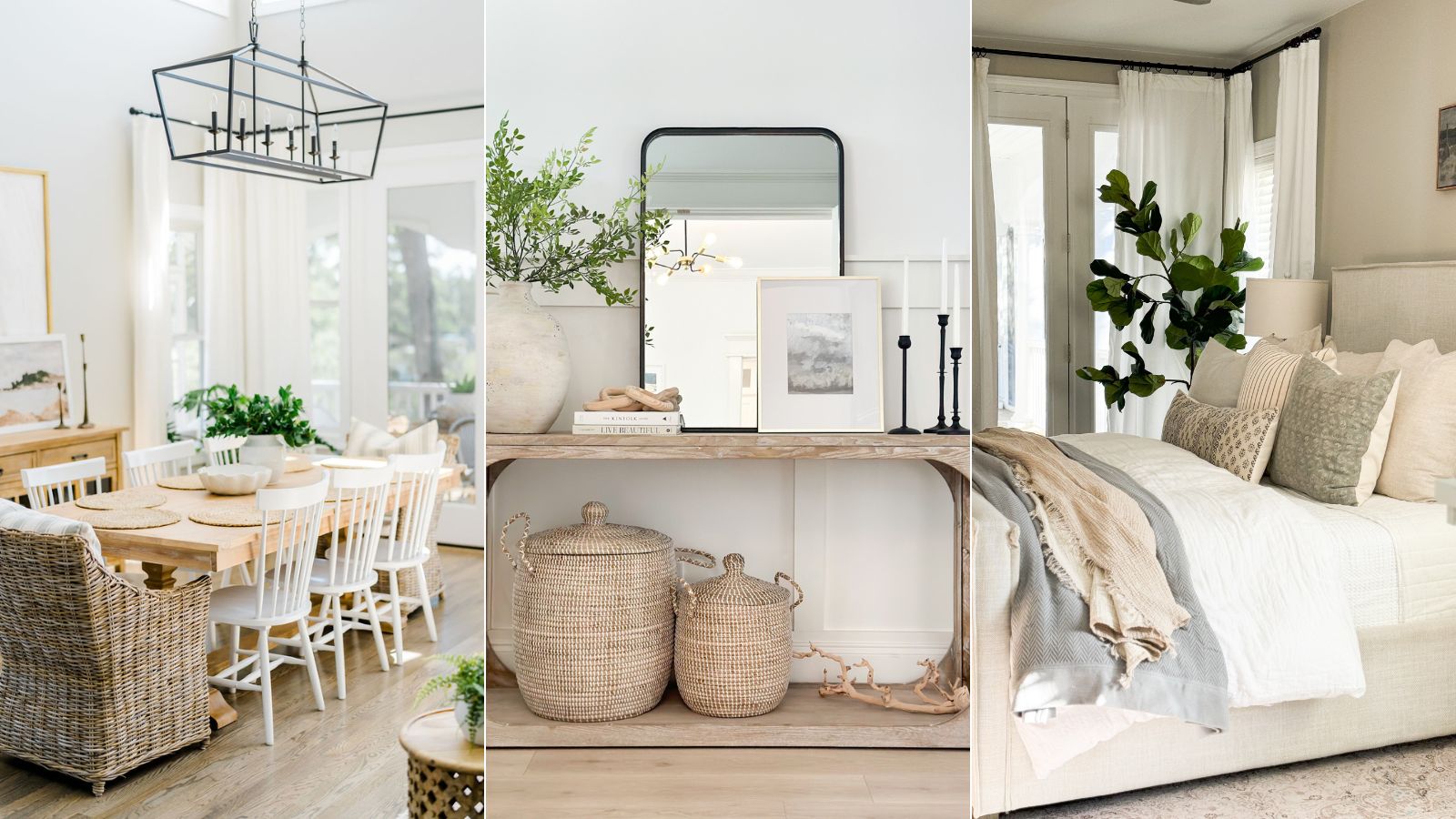
A relaxed and calming interior design style, coastal decor is back in a big way. Taking inspiration from coastal landscapes, it encourages designs that infuse an essence of coastal beauty into interior schemes. And while you can't bring the ocean home with you, coastal decor is a great option to bring in some ocean-inspired design elements to your home.
Although coastal decor looks elevated and adds a sense of calm to a space when done right, it can have quite the opposite effect if it's not executed well – think cliché themes that make a scheme feel more novelty than chic. As such, it's important to understand how to create an interior design plan that feels inspired rather than a themed, dressed-up room.
What is coastal decor?
'It's easy to confuse coastal with nautical or beachy,' says Michelle Woolley Sauter, of One Coast Design. Coastal decor can sometimes be tricky to get right due to the fusion of elements typically associated with other interior design styles. 'There is a bit of farmhouse crossing over into the coastal look due to the origins of shiplap. When boats came to this country early on, after being decommissioned, their wood was used for interior walls in homes along the coasts,' she adds.
So, you're probably wondering how to make sure your space feels sophisticated when decorating in this style. Don't worry, we've asked interior designers to explain exactly what coastal decor is, and their dos and don'ts for achieving a look that feels chic rather than cliché.
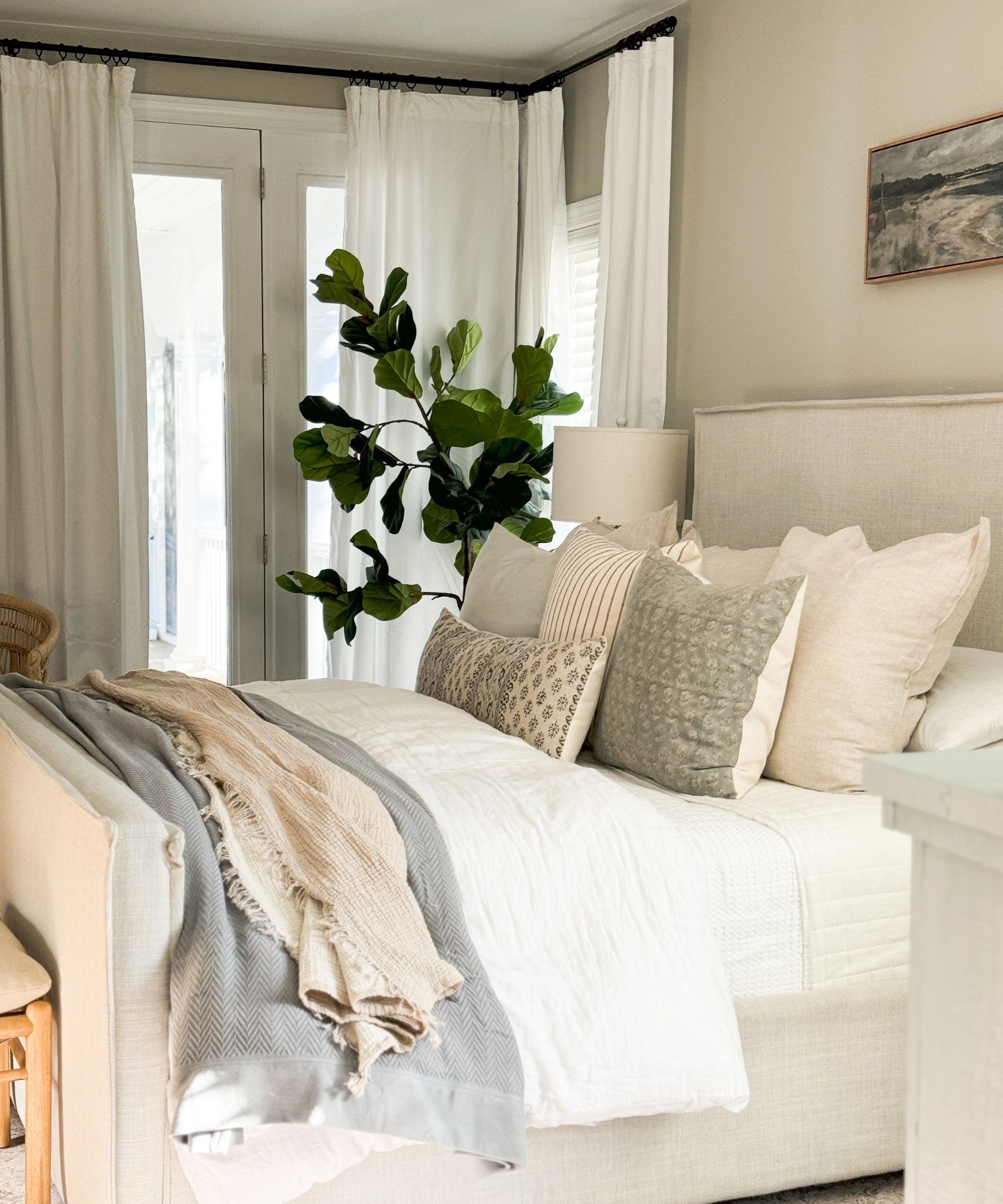
When you hear the term 'coastal decor', it probably conjures images of colors, materials, and details you'd find on coastlines, and you wouldn't be wrong. But as much as decorative details offer nods to the design style you're working with, it's just as much about creating the atmosphere coastal living creates, too.
'Generally, when people think of coastal decor, it's reminiscent of the essence of seaside living, evoking a sense of tranquility, relaxation, and connection to nature in the colors used for the decor,' says Michelle Woolley Sauter.
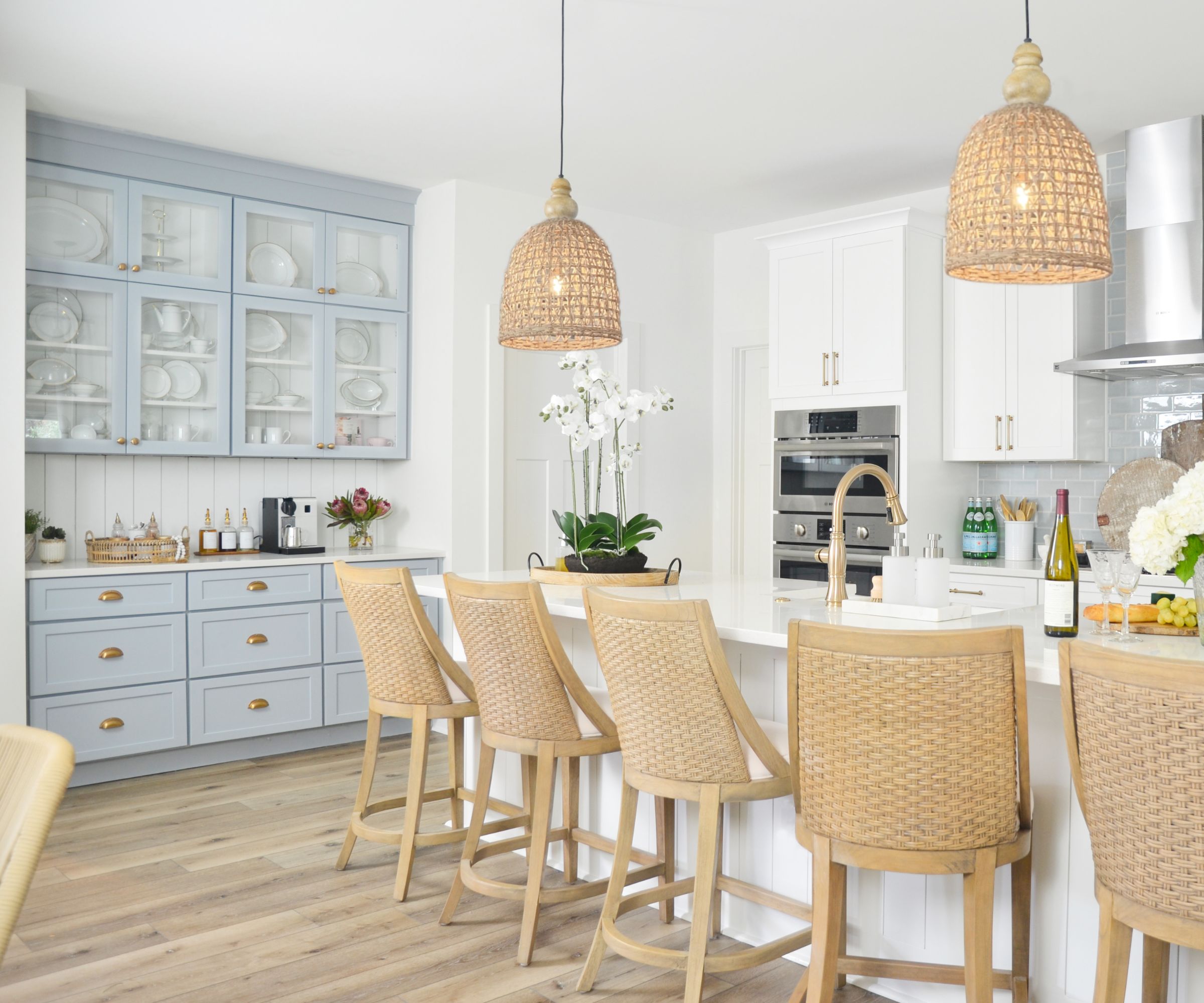
That sense of relaxation and calm is core to coastal decor, so creating a connection between inside and out is key. 'The mood and atmosphere of coastal decor are centered around peace, relaxation, and a connection to the natural world and natural light. It creates serene environments that feel open and inviting, mirroring the openness of the coast itself,' adds interior designer Janette Mallory.
Understanding the atmosphere of coastal style is crucial to be able to introduce the decorative details to create the right mood. 'The coastal look draws inspiration from the coastal environment, incorporating natural textures, soothing color palettes, and oceanic motifs,' Michelle Woolley Sauter explains.
When it comes to the design details, lean into a more neutral-colored base, with added pops of coastal hues introduced in more subtle ways. 'The color palette often includes whites, beiges, blues, and sometimes reds and yellows. Coral motifs are commonly found in coastal decor, along with items featuring natural fibers like rope,' says Kailee Blalock & Taylor Troia, founders of House of Hive Design Co.
What are the key design elements of coastal decor?
1. A neutral color palette with coastal-inspired hues
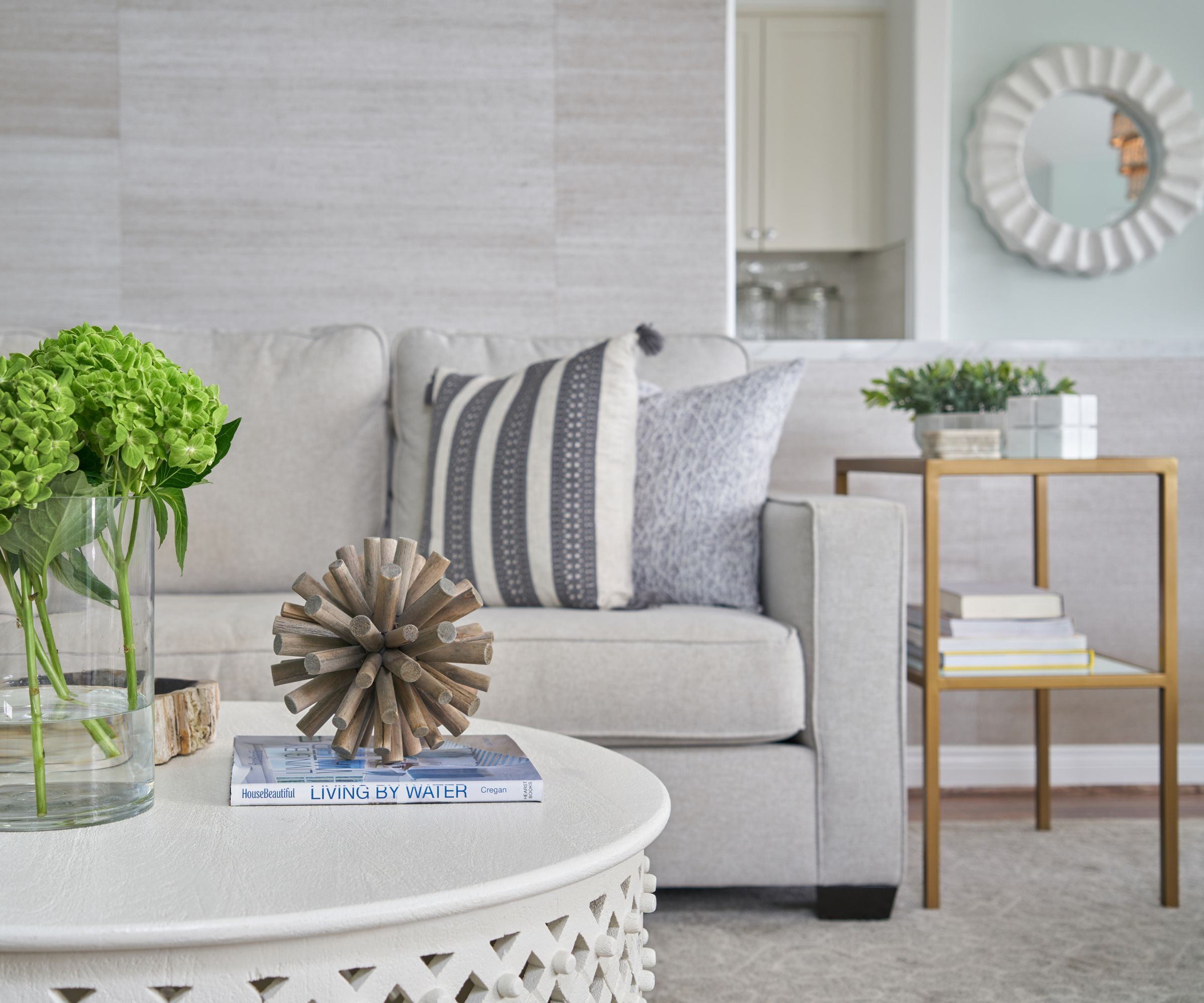
Color is the base of any interior design scheme, and when it comes to coastal decor, start with a neutral, calming palette on the walls. 'Key design elements in coastal decor include a soft and neutral color palette inspired by the outside world. Textures play a significant role, adding depth and interest to the space, while pops of color can add vibrancy without overwhelming the serene base,' says Janette Mallory.
Coastal scenery is at the heart of this decor style, so don't be afraid to take inspiration from these surroundings. 'When it comes to coastal living, it's A-OK to lean into the surroundings. The color palette of the coast is soothing and peaceful. It would be more strange to ignore the surroundings and not play up the uniqueness of it,' says Mollie Ranize, lead interior designer and founder at Dmar Interiors.
Taking color cues from the ocean is a great way to add a serene and calming mood to your home, so don't shy away from hues that might feel obvious. 'Coastal décor draws its inspiration from nature, so you will often find a muted color palette with neutral hues, as well as shades of blues and greens,' says Cassie Scaldaferri, owner and creative director at Cass Design Co.
2. Natural textures and materials
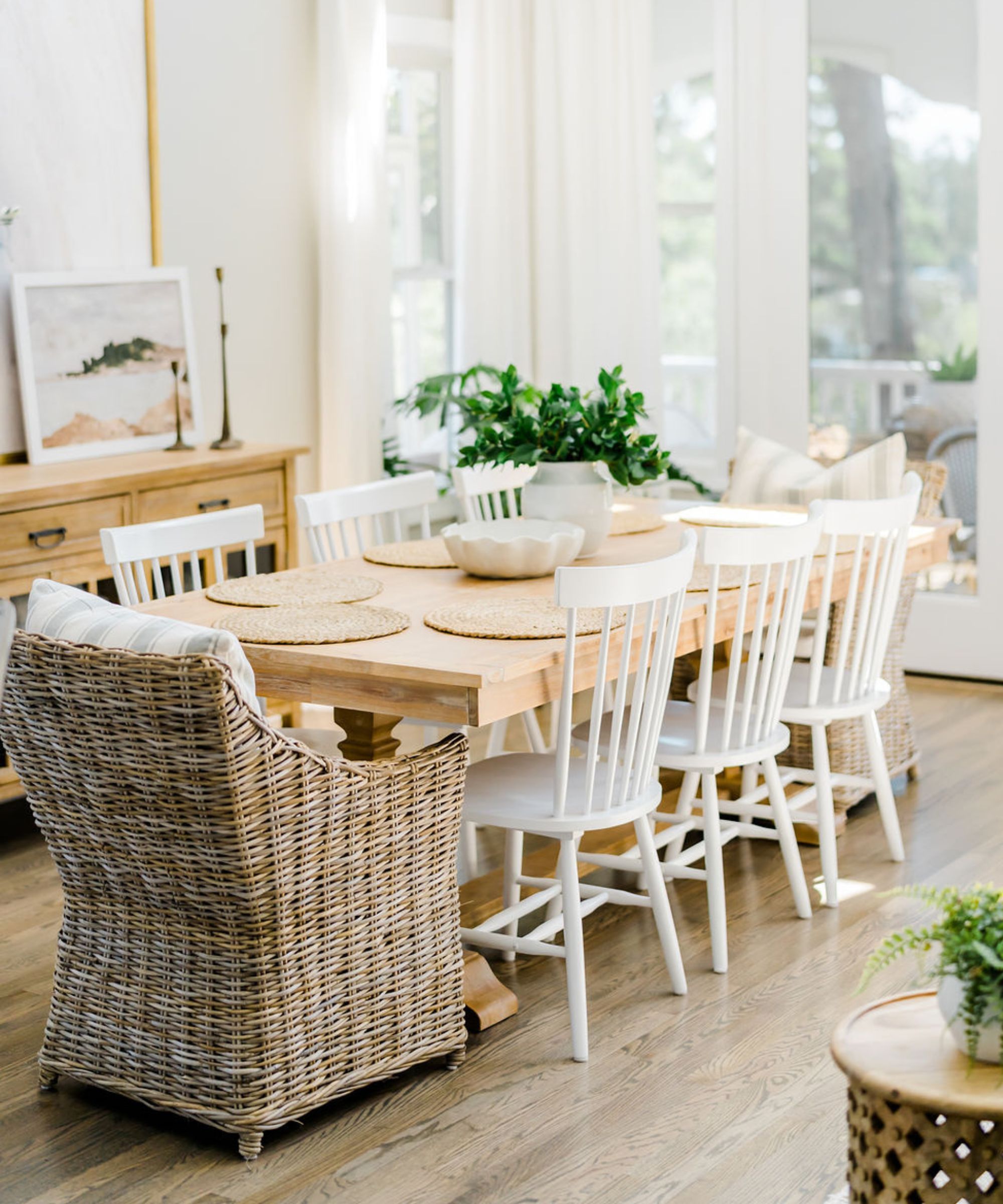
Coastal decor embraces more weathered, rustic textures, reminiscent of those you would find along the coast. 'Essential components of coastal decor involve the use of natural materials like wood, rattan, jute, and bamboo, creating an atmosphere reminiscent of a beachside or seaside setting,' says Kailee Blalock and Taylor Troia.
The key here is to be intentional and subtle about introducing these textures – you don't want to go too far and create a shabby chic-style homage to the beach. Instead, consider how you can add these textures in a more sophisticated way. 'To maintain an elevated look in a coastal style home, using natural elements subtly can help to avoid falling into any clichés,' suggests Cassie Scaldaferri.
'For example, incorporating one or two woven materials like rattan, in your furniture or lighting is a great way to create a coastal vibe versus using more literal items like seashells. Think using materials that you might see in nature versus the items themselves. And the key is balance. Don’t go overboard, but rather repeat the elements in a way that feels intentional,' she adds.
You can expect to see lots of wood textures in coastal decor, but consider the finishes to ensure they feel right for the style. 'When selecting woods for décor and furnishings, a soft weathered appearance feels like a natural choice. That means nothing too heavy or dark,' explains Mollie Ranize.
3. Soft furnishings upholstered in coastal hues and designs
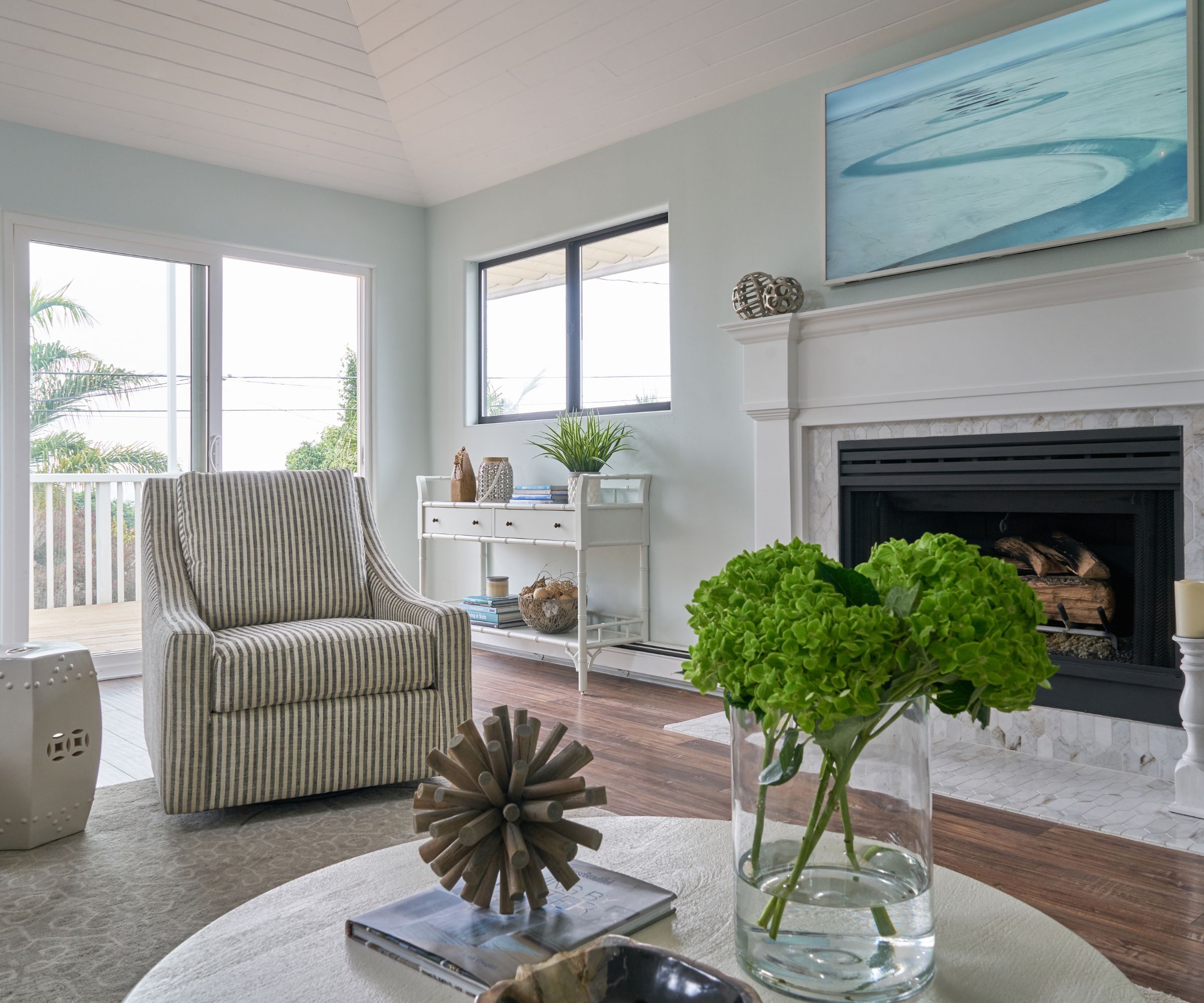
Coastal decor celebrates relaxed, casual living, so introducing lots of soft furnishings and upholstery is a must. This is a considered way to introduce some of those more colorful hues and interesting patterns to give the scheme a more layered and lived-in look.
'Leaning into natural fibers and subtle stripes and patterns on upholstery is another way to take a big step towards a relaxing and welcoming environment,' says Mollie Ranize. Introduce throw pillows with a faded stripe design or a blanket crafted in blue or green hues as a subtle nod to coastal colors.
If you don't want to bring in too much color, the fabrics themselves can create a coastal feel, too, but stripes prove to be a popular design choice amongst designers. 'We particularly appreciate the use of linen, burlap, and any fabric featuring stripes. Blue stripes, in particular, exude a distinctly coastal vibe and infuse a playful touch into a space,' says Kailee Blalock and Taylor Troia.
'The versatility of fabrics across pillows, throws, and window treatments allows for easy interchangeability. It's remarkable how these fabric choices can significantly influence and enhance the overall ambiance of a home,' they add. Window treatments in particular can add an err of coastal decor – the main area that visually connects your interiors with outside space, a well-chosen fabric with natural materials can really bring home the essence of the style.
4. Furniture and decor that blend styles and eras
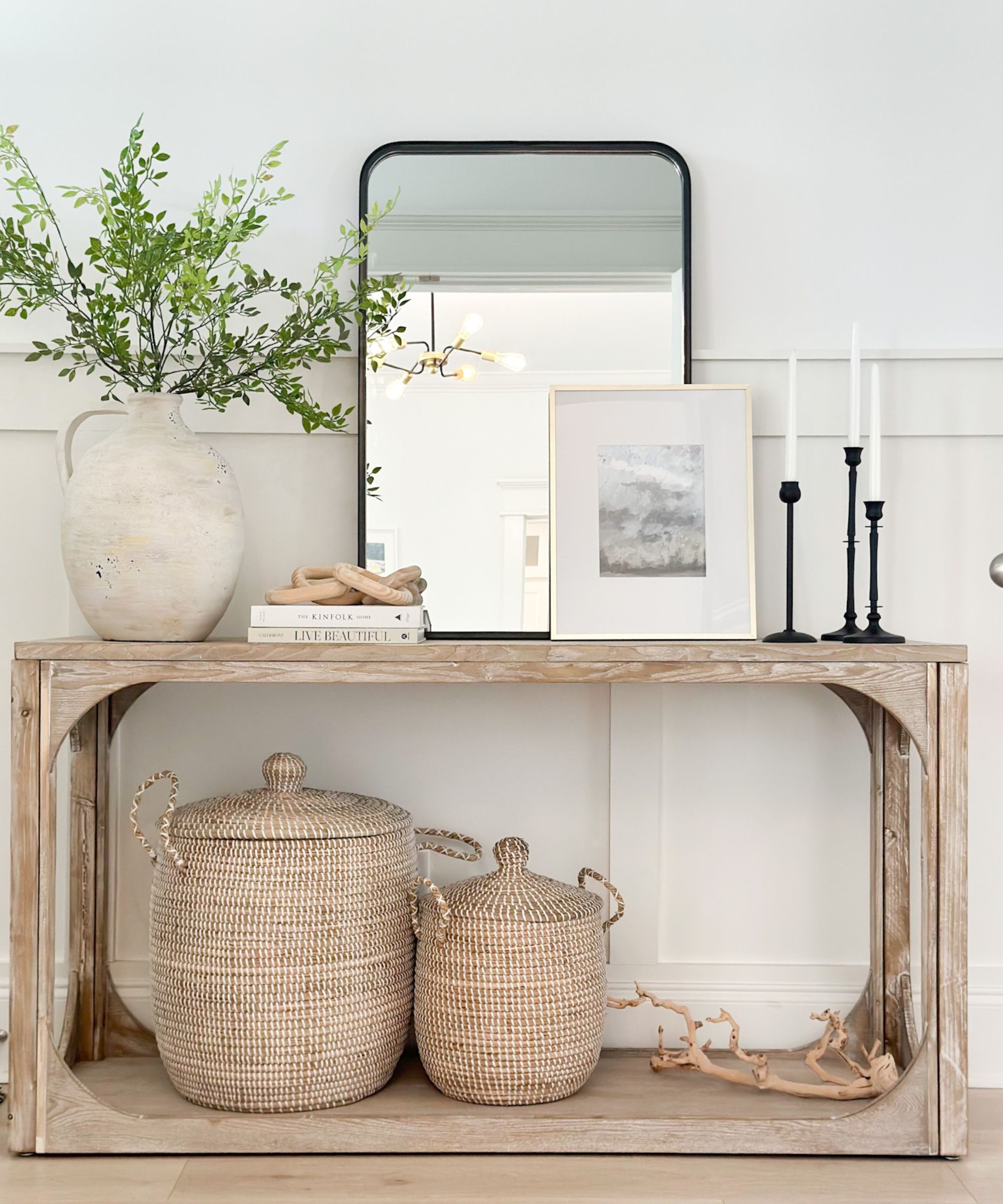
As with any interior design style, leaning fully into one aesthetic can make a space feel flat and trend-driven. To achieve a successful coastal decor scheme, introduce furniture and display pieces that transcend trends and add character.
'To ensure coastal decor remains chic and avoids clichés, it's important to prioritize uniqueness and authenticity. Selecting high-quality, artisanal pieces that evoke the coastal atmosphere through material and texture, rather than relying on stereotypical nautical themes, can maintain the style's elegance,' explains Janette Mallory. 'I enhance my clients' homes with one-of-a-kind 18th and 19th-century furniture and artwork, infusing each space with unparalleled elegance and historical depth,' she adds.
Vintage and antique pieces really come into play here. This blend of old and new ensures a scheme feels more timeless and less trend-led. 'To elevate coastal decor and avoid falling into clichés, it's essential to blend elements from various design styles. Personally, we find that combining coastal elements with carefully curated thrifted pieces adds a touch of timelessness and a collected aesthetic to a home. The fusion of coastal and traditional elements, in our opinion, yields the most appealing overall look, creating a space that transcends trends,' explains says Kailee Blalock and Taylor Troia.
5. Be sure to bring in personality and charm
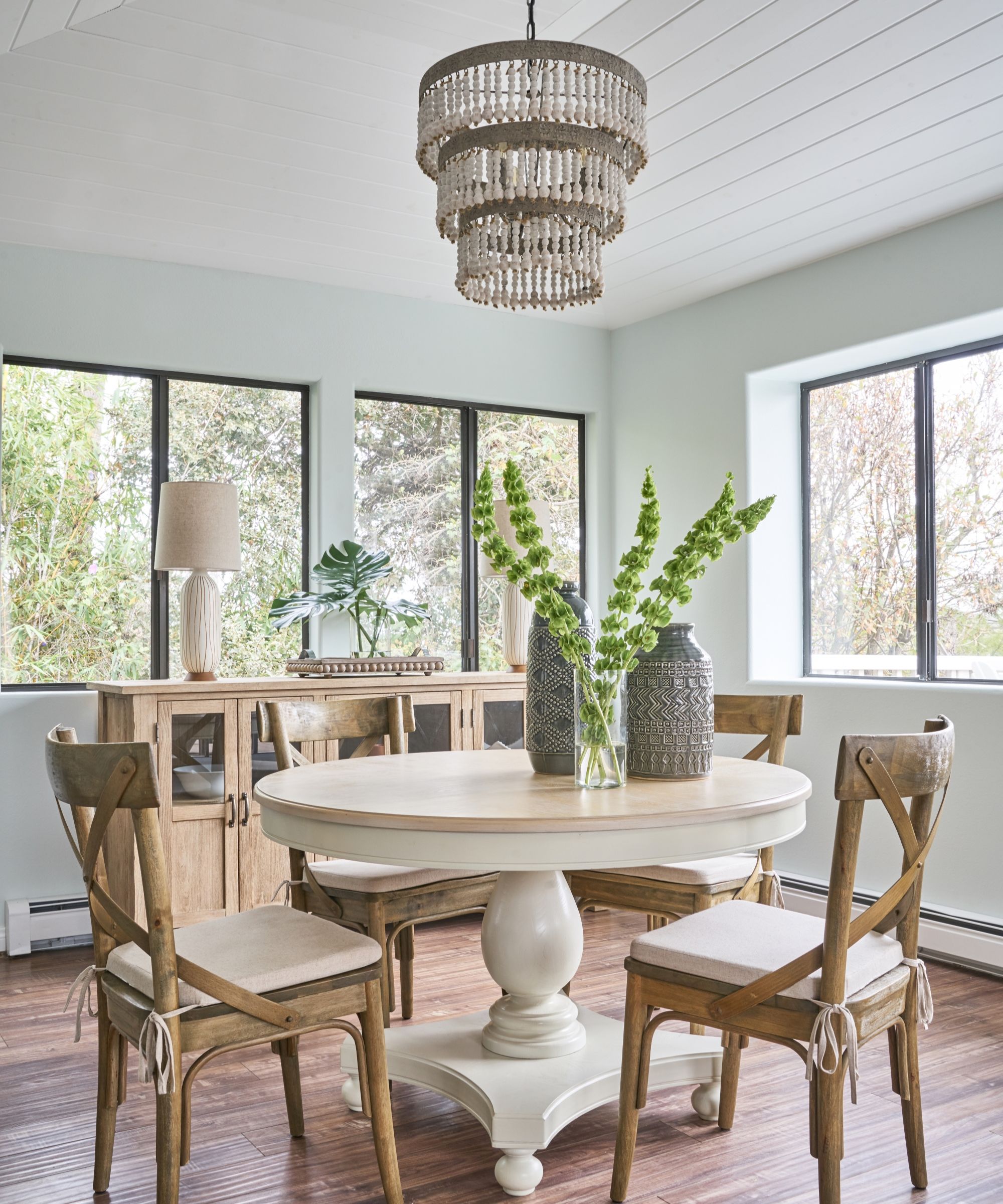
Blending beloved, personal items collected over time with more contemporary additions is a great way to achieve the coastal look. 'When it comes to accessorizing, books always go a long way and are perfect for layering other special and collected items,' says Mollie Ranize.
This ethos also applies to other decorative items, including family heirlooms, artworks and collectibles. 'We love a layered look. Our clients often bring family heirlooms and artwork they have collected through the years to their new homes for us to work with. Incorporating these pieces, using furniture our team will recover in coastal-toned fabrics, will pull it together beautifully,' explains Michelle Woolley Sauter. 'We use their treasured pieces in a new way and co-mingle decidedly coastal elements with them so everything feels fresh, new, and reimagined,' she adds.
6. Blend the outside and the in
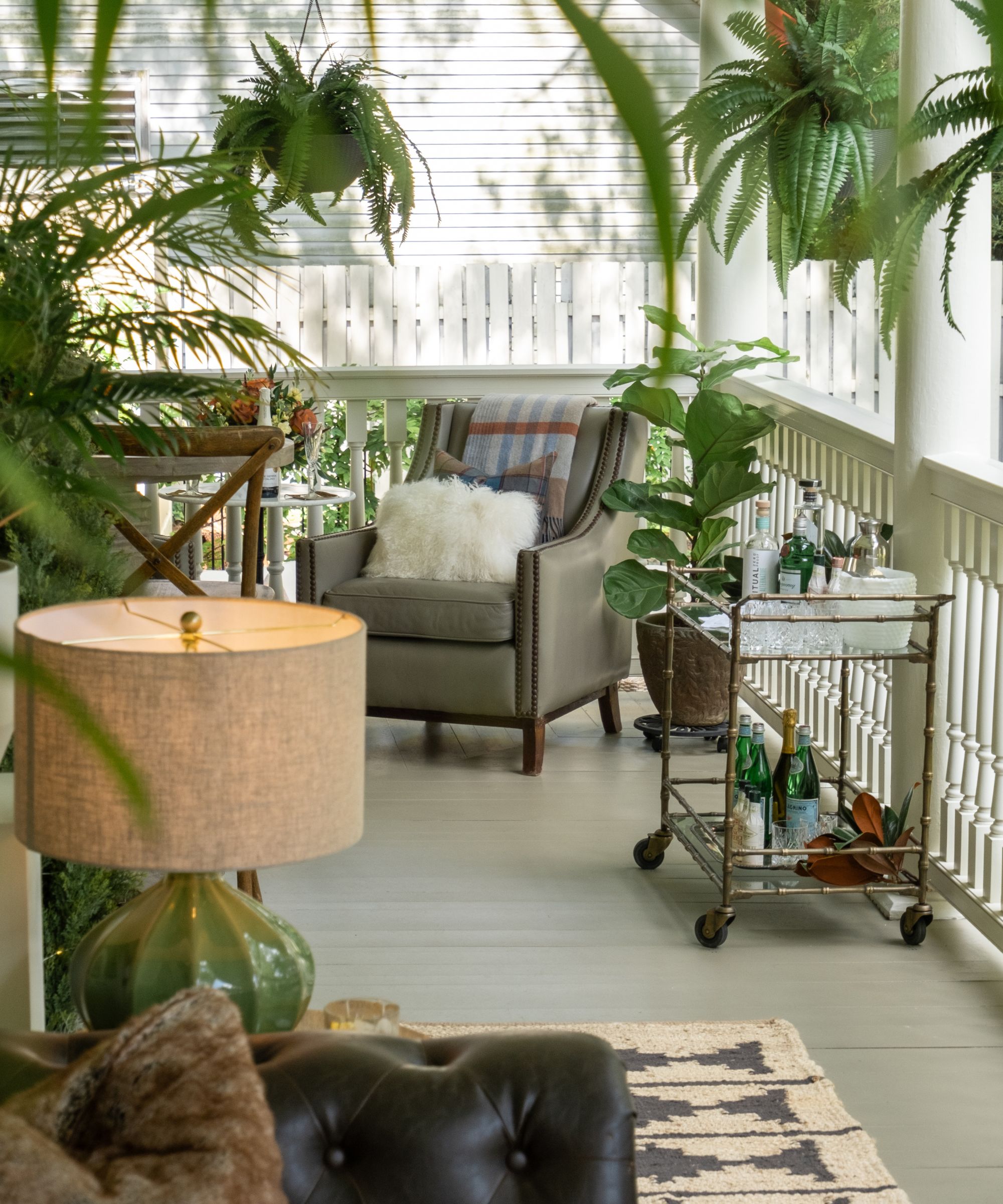
This may seem obvious, but coastal decor relies heavily on blending your interiors with the outside. This could be making the most of large windows that offer a beautiful view, adding decor pieces inspired by nature, or simply creating a scheme that feels light and airy, embracing that transitional living style.
'My favorite way to introduce coastal decor is by bringing the outdoors in, capitalizing on the beautiful views and the shimmer of natural light they bring in. This strategy enhances the airy, open characteristic of the style, while modern, sustainable elements ensure the decor remains both on-trend and timeless. This creates tranquil and inviting spaces that celebrate and create outdoor living spaces,' says Janette Mallory.
Similar to other interior design styles, such as California casual, coastal decor is all about creating a relaxing space that embraces inside-outside living. A successful scheme takes inspiration from coastal landscapes through colors, textures and natural materials, without the gimmick of nautical themes.
The key is to create a space that feels calming, with hints of coastal hues in the form of blues, greens, and even coral tones, and bringing in those natural wood textures and subtle striped designs. It's also important to include the decorative items and collected pieces that bring you joy – blending such items with the coastal decor is what makes these designs feel successful, timeless and lived-in.







